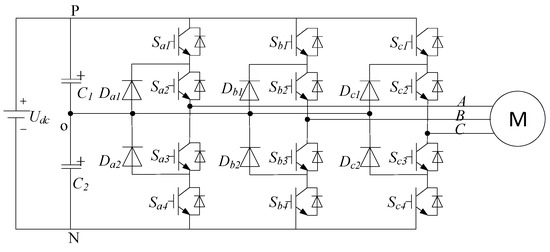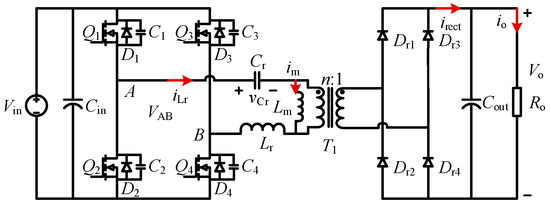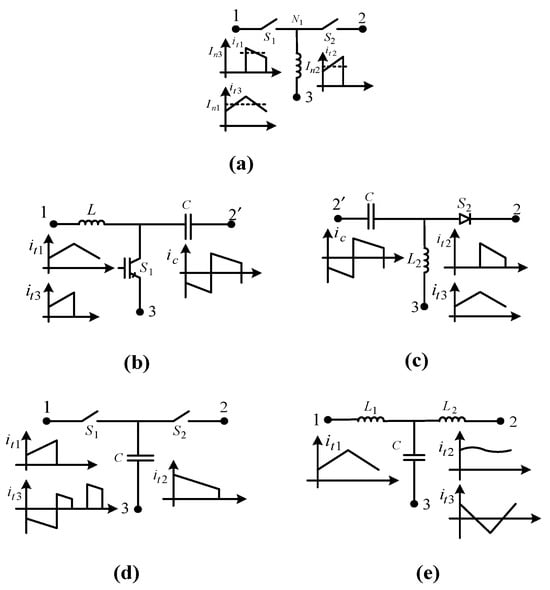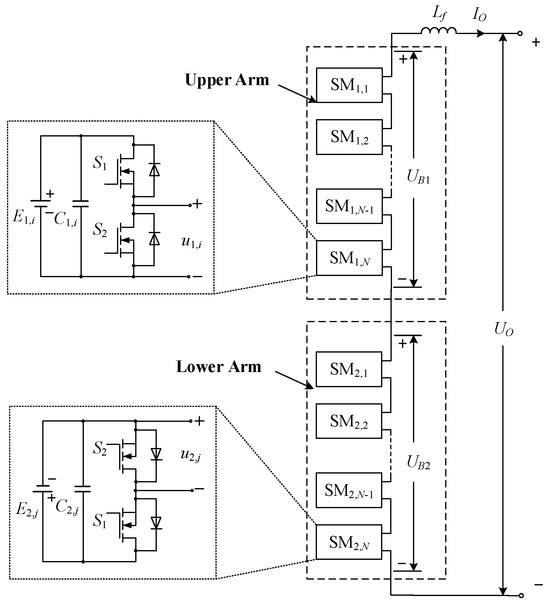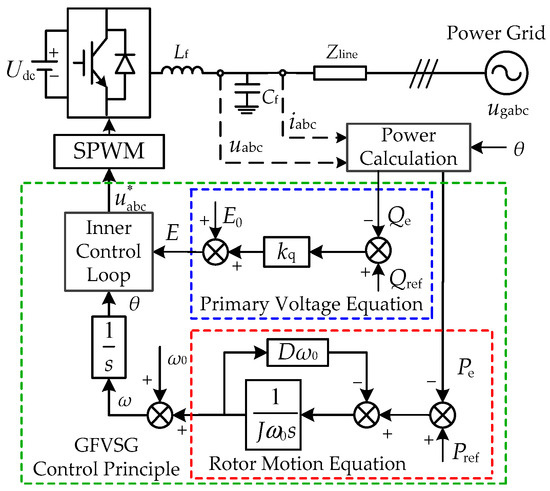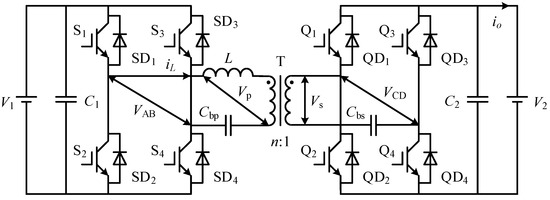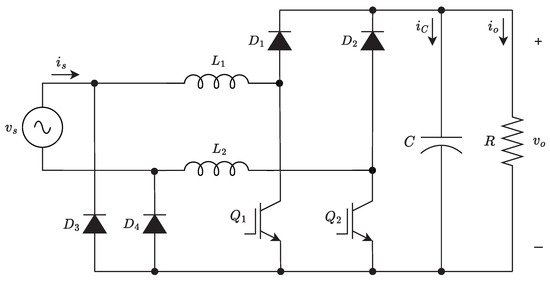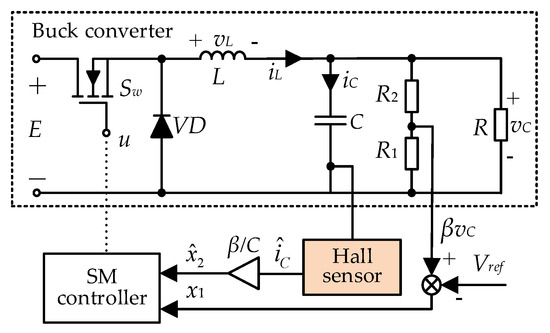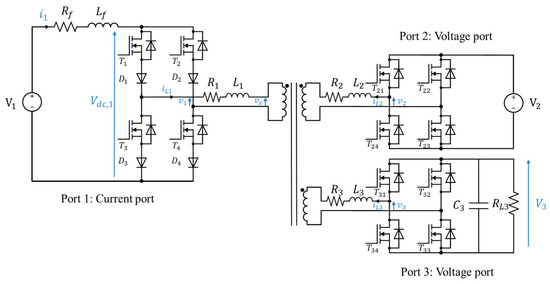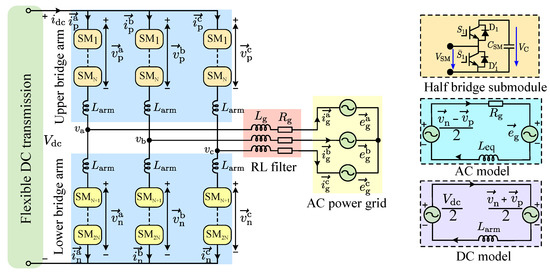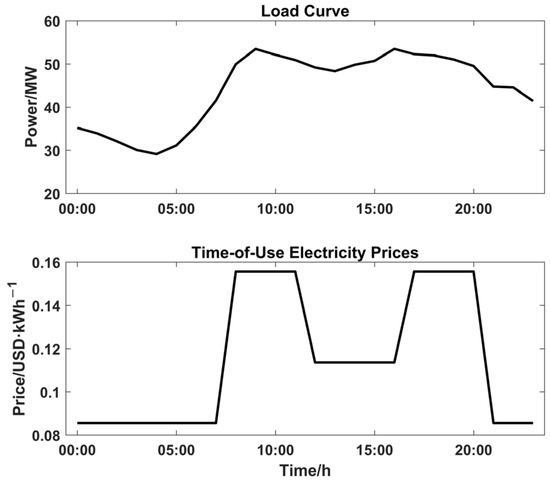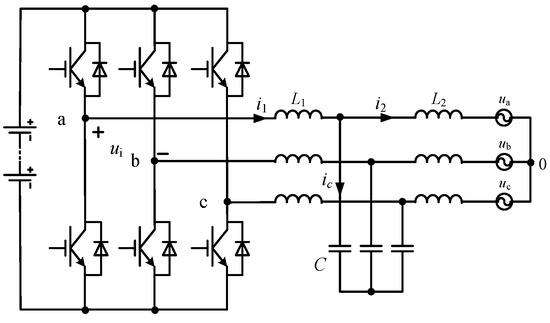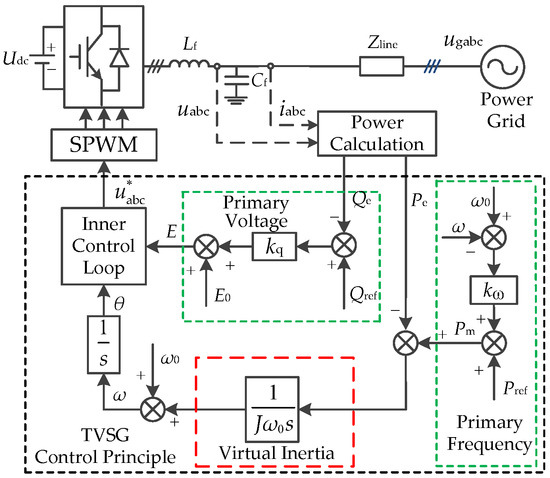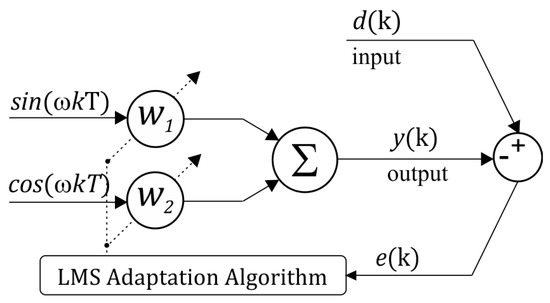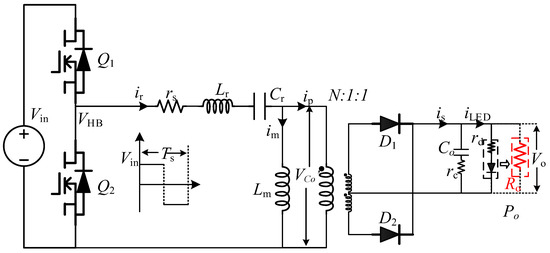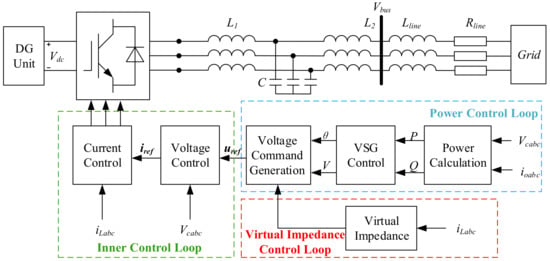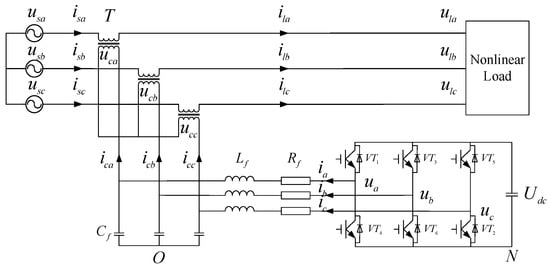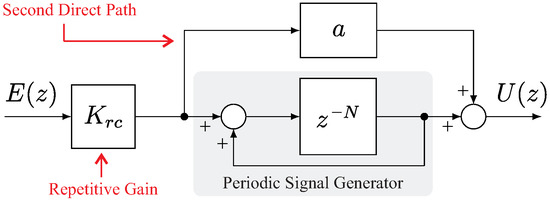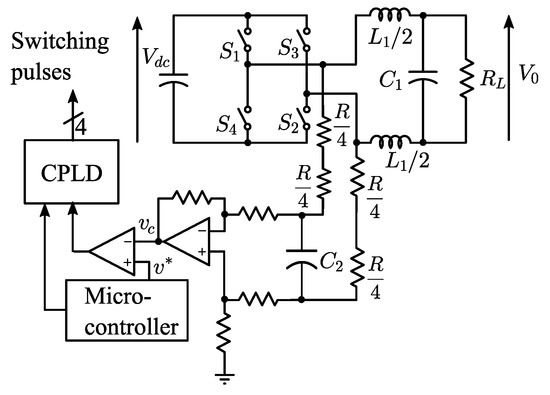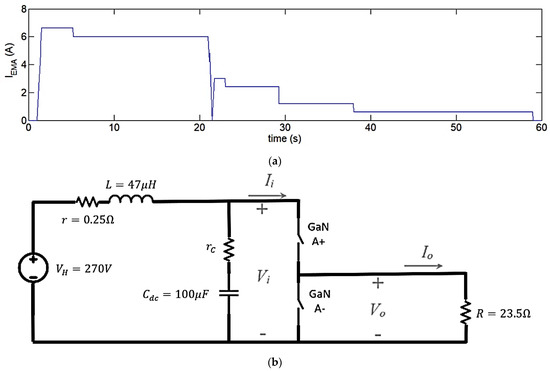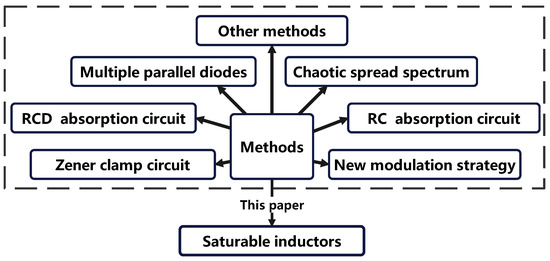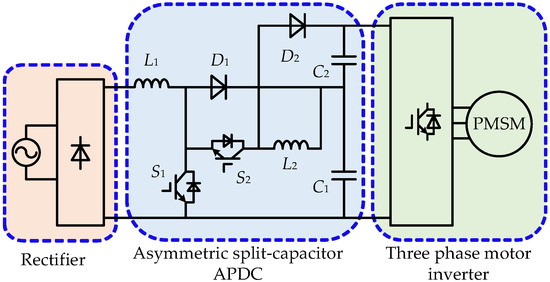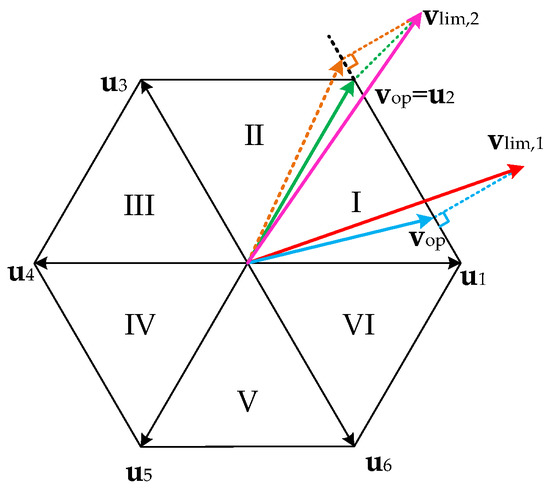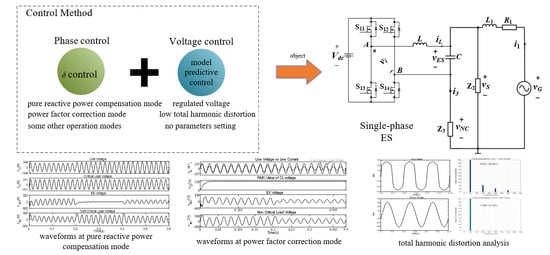Advanced Control and Applications of Power Electronics and Power Converters
A project collection of Energies (ISSN 1996-1073). This project collection belongs to the section "F3: Power Electronics".
Papers displayed on this page all arise from the same project. Editorial decisions were made independently of project staff and handled by the Editor-in-Chief or qualified Editorial Board members.
Viewed by 45053Editors
Interests: applications of power electronics to power systems
Interests: power electronics and control; smart grids; renewable energy
Interests: power systems and power electronics
Interests: power converter topology; power converter control; power systems; renewable energy integration
Interests: advanced control for the high-power converters; motor drives; renewable power systems
Interests: modelling and control for non-isolated converters; microgrids; electrical power system stability analysis
Project Overview
Dear Colleagues,
Power electronics systems have become an indispensable technology in modern society. They can be found in a wide range of applications, not only in traditional machine drives but also in emerging fields such as renewable energy, electric aircraft, aerospace, electric vehicles, unmanned propulsion systems, robotics, etc. This substantial utilization of power electronics systems has contributed to the advances in design methodologies, modelling tools, development of new switching devices, and control methods. On this premise, a new generation of power electronics systems with high flexibility, power density, efficiency, and reliability are in high demand. Moreover, the growing use of power electronics systems in power grids has stimulated the research of converter technologies that are defining the structure and organization of future power grids.
This Special Issue aims to present and disseminate the most recent advances related to the theory, design, modelling, application, control, and condition monitoring of modern power electronics.
Topics of interest for publication include, but are not limited to:
- Advanced topologies and controls for power converters.
- Advanced modelling approaches for power converters.
- Active demand response via smart-load and electric-spring technologies.
- Power electronics for energy storage.
- Power electronics for renewable-energy generation.
- Diagnosis and fault-tolerant controls for power converters.
- Online and offline condition-monitoring techniques for power converters.
- Optimal design methodologies for power converters.
- Artificial intelligence in power electronics.
- Grid-tied power converters for power system.
- Feature analysis for power grids with renewable-energy generation.
Dr. Qingsong Wang
Dr. Shuo Yan
Dr. Minghao Wang
Dr. Guidong Zhang
Dr. Gong Zheng
Dr. Xiangke Li
Prof. Dr. Giuseppe Buja
Guest Editors
Manuscript Submission Information
Manuscripts should be submitted online at www.mdpi.com by registering and logging in to this website. Once you are registered, click here to go to the submission form. Manuscripts can be submitted until the deadline. All submissions that pass pre-check are peer-reviewed. Accepted papers will be published continuously in the journal (as soon as accepted) and will be listed together on the collection website. Research articles, review articles as well as short communications are invited. For planned papers, a title and short abstract (about 100 words) can be sent to the Editorial Office for announcement on this website.
Submitted manuscripts should not have been published previously, nor be under consideration for publication elsewhere (except conference proceedings papers). All manuscripts are thoroughly refereed through a single-blind peer-review process. A guide for authors and other relevant information for submission of manuscripts is available on the Instructions for Authors page. Energies is an international peer-reviewed open access semimonthly journal published by MDPI.
Please visit the Instructions for Authors page before submitting a manuscript. The Article Processing Charge (APC) for publication in this open access journal is 2600 CHF (Swiss Francs). Submitted papers should be well formatted and use good English. Authors may use MDPI's English editing service prior to publication or during author revisions.
Keywords
- power electronics
- power converters
- electric springs
- modelling
- control
- applications
- artificial intelligence













